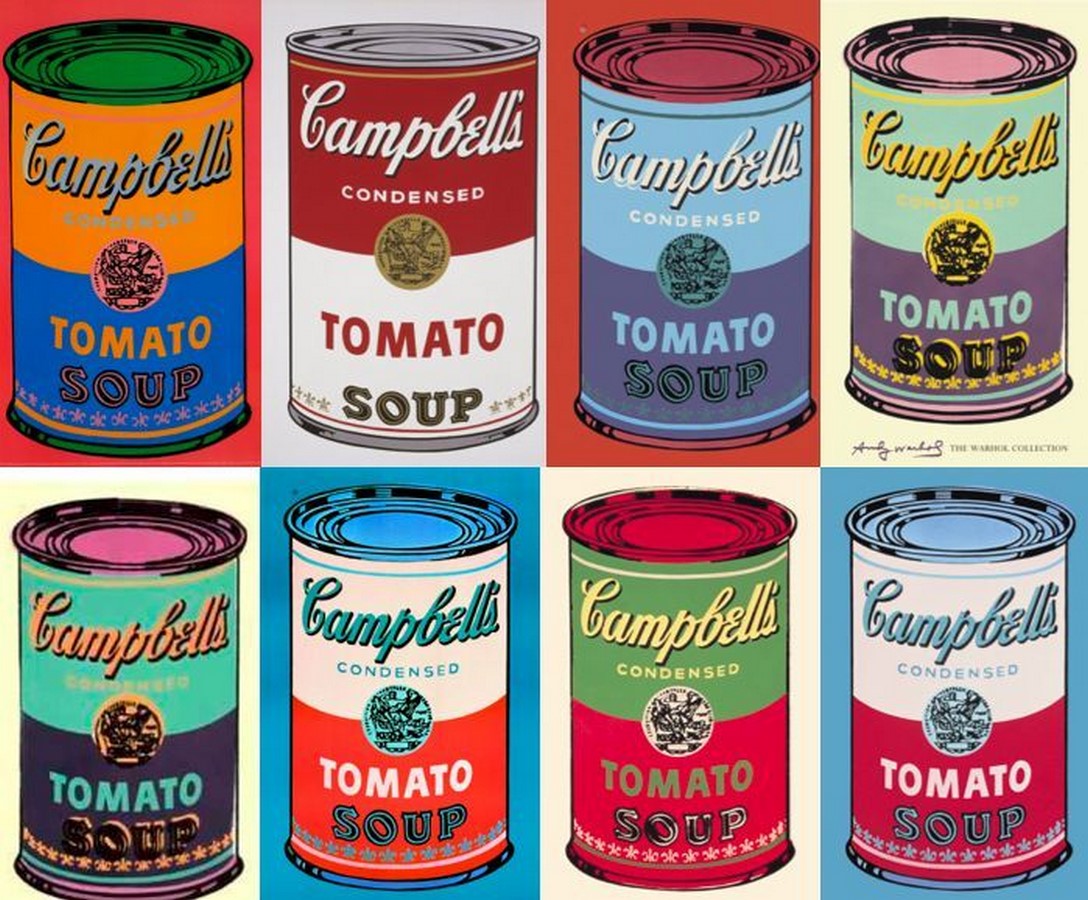
More jobs could be automated as robots get more sophisticated. Robotics technology today can automate 25 per cent of jobs. But, we still depend on humans to program them. The ever-increasing capabilities and abilities of robots will eventually take some jobs out of existence. Humans will always be needed to handle unforeseen situations. The advantages of robots will be discussed in the following article. We'll be focusing on general-purpose autonomous robots as well as teleoperated robotics.
Complexity and cost
There are two basic types of robotic systems. The first type uses vacuum grippers to pick up and place things. The latter type does not need an air supply or compressor, but it does require a control system that opens valves, activates servos, and senses the position of objects. These systems are controlled by embedded computers or programmable logic controllers (PLCs).

Applications
Robotics applications are widespread, from manufacturing to medical research. Humans have invented robots and machines for many purposes over the centuries, including entertainment, religion and industry. Some Greeks used hydraulic statues in the early days to crush temples. Others created mechanical robots for their play. The Industrial Revolution saw the introduction of computers. Today robots are used in almost all industries, from factory automation to deep sea travel.
General-purpose autonomous robots
General-purpose Autonomous Robots are generally machines that operate autonomously from human operators. They can be used to perform tasks in open areas without human supervision. They use sensors to monitor their surroundings and make decisions to decide the best course. A good example of a GAAR is the Roomba vacuum cleaner, which uses sensors to roam freely.
Teleoperated robots
Teleoperation has many limitations. Human factors such as flexibility and shared understanding of the task are important. They also need to be able to communicate with each other. For instance, high-quality tasks require full environment information to be sensed ahead of time, but this is not always possible. One effective way to overcome this problem is to enhance teleoperated robots' perception capabilities. Teleoperation systems can now achieve security, synchronisation, and transparency thanks to these advances in perception. These challenges must be overcome while teleoperation systems remain in compliance with human capabilities.

Dependent robots
A dependent robot cannot move its own limbs without being instructed by its brain, unlike a human being. This is possible with a programmable neural-robot. This technology was first developed in 1990 and is now a industry standard for prosthetic leg prostheses. You can program it to do tasks that humans are unable to. This article will focus on the benefits of dependent robots in manufacturing and other applications.
FAQ
How can pop culture be used in marketing strategies?
To understand how to use pop culture in your marketing strategy, you need to look at the trends within it.
Let's take, for example, the promotion of a new movie. What kind of promotion would you be able to run?
You could create a trailer with clips taken from the film. A clip could be found that features your product or service and included in the video.
Or perhaps you could create a parody version of the trailer using other famous films.
A promotional campaign could be created based on the plotline of the movie if you were promoting a product/service that is related to the movie's theme. You might promote a product that can help astronauts remain healthy while in space.
Promotions could be run based on the plotline if you have a business that is related to the movie's themes. For instance, if your company sells food, you could offer free food samples to customers who buy tickets to see the movie.
What is Tik Tok pop culture like?
The answer is Yes It's not just for teenagers anymore. You can make these short videos for anyone.
The app is used daily by more than 200 million people around the globe. This number is growing by millions every day.
This makes TikTok an incredible opportunity for brands to connect with consumers and build meaningful relationships.
TikTok is also home for many influencers who have built huge followings. These creators create original content and engage audiences around the world.
So, what are you waiting? Here are four options to help you take advantage this trend.
-
You can create viral content
-
Engage Influencers
-
Use Visuals Effectively
-
Be creative with your audience
What are some examples from pop culture in 2020?
The music industry is changing rapidly, and this year we saw artists such as Billie Eilish, Post Malone, and Travis Scott all reach number 1 on Billboard's Hot 100 chart. This was an extraordinary feat for any artist.
The same goes for streaming services. Spotify reported that Spotify streamed more 10 billion hours audio content last year. It's 5x more than the content users were listening to five years ago.
This has led to a massive shift in how people consume media. These days, people spend more time consuming content than creating it.
All age groups, including toddlers and retirees, have access to audio content. This allows anyone to record, edit and mix their music.
To play your favorite song you don't have a degree in classical music theory. It's easy to download an app and add your voice. Then upload the videos to YouTube.
If you don't feel like making music, why not just watch? There are countless channels dedicated to making videos of songs ranging from covers to parodies.
What examples of pop culture are there in 2021?
Two hijacked planes crashed into the Twin Towers of New York City's World Trade Center on September 11, 2001. This would be known as September 11, 2001.
The popular culture was impacted by these events and continues to be today. It is easy to see how this event has impacted our lives in many different ways.
Television shows and movies such 24 are examples. United 93 tells the story behind what happened on the flight to Los Angeles from Boston on September 11. You can also find books such as The Forever War, by Dexter Filkins.
Everyone can remember exactly where they were when the attacks occurred. Some people jumped out of their beds and went outside. Others read newspapers or watched TV.
Pop culture changes each year. It is an expression of society and a source of inspiration. How will popular culture change next year? We can't tell yet. It will be different than before.
How can pop culture be avoided?
We should first be able to identify when pop culture has an influence on us. Next, we must be aware of when pop culture is influencing us and make sure we don't get influenced. Here are ways to help you stay away from bad influences:
-
Avoid watching violent shows like Game Of Thrones.
-
Avoid spending too much time surfing the Internet. Read books instead.
-
Pay less attention to television. Spend your time doing activities that are healthy.
-
Be cautious about what you write online. After comments have been posted, they can't be deleted.
-
Check that websites you visit remain safe. Check them before you enter personal information.
-
Don't let anyone pressure you into doing dangerous things.
Talk to an adult to help you if you find yourself addicted to pop music. You can contact your local library, or the National Center For Missing & Exposed Children (1-800-583-LOL).
What is pop culture of today?
Pop Culture refers to the art form of 21st century. Pop Culture covers all aspects of popular entertainment. It includes music, film, TV, video game, fashion, advertising, comics and so on. Author Neil Postman coined the term in his book Amusing Ourselves To Death (1985). Pop was a method of mass communication using cheap tricks and formulaic techniques to create an illusion that spontaneity and uniqueness.
However, he said that most people don’t enjoy true enjoyment because their culture has conditioned them to want media experiences that make it seem superior to others. He also argued that cultural expression has contributed to the decline in critical thinking skills among young adults.
Pop culture can also refer to popular culture and consumerism.
What is popular music culture?
Popular music culture is a dynamic phenomenon that can take many forms.
Music and lyrics are the main characteristics of popular music culture. It also includes the influence of visual media (e.g., film, television and fashion) on artists' careers.
It's also about the way fans interact with their favorite artists.
The rise of superstars - musicians who have made a name for themselves - is one aspect of popular music culture.
These icons transcend many genres and have become cultural icons. Their popularity has also influenced the development of popular music.
Some other elements of popular music culture are:
* The rise in recording technology - from acoustic instruments, to electric guitars, and microphones.
* Invention of the record player and radio
* The birth and rise of rock & roll.
* The introduction of TV and film;
* The birth MTV and VH1
* The creation the internet.
Statistics
- Yet a Nielsen study shows they account for 42% of the country's most-watched content on streaming services. courtesy Nielsen (npr.org)
- Less than a decade later, that statistic rose to 90% (Dager, n.d.). (socialsci.libretexts.org)
- According to Kathryn Sorrells (2013, pp. 142-144), there are several ways that we can become informed consumers of popular culture. (socialsci.libretexts.org)
- Latinos represent roughly 19% of the U.S. population. (npr.org)
- Recently, the market share across Western Europe has ranged from 60-75% (Hopewell, 2013). (socialsci.libretexts.org)
External Links
How To
What is pop culture in movies?
Popular Movies Culture covers all aspects of entertainment, including books, magazines and newspapers, television programs, websites, TV programs, websites, blogs and social media.
Movies can be divided into three types: comedy/dramatic, horror (action/aventure), fantasy, science fiction and romance.
Movie plots follow a predictable path of events that end with a satisfying conclusion.
How well a film follows this formula will determine its success.
Some common plot points include:
-
A protagonist who must overcome obstacles to attain his/her goal.
-
A villain who opposes a protagonist throughout the film.
-
A moral dilemma that forces the protagonist to make a choice.
-
A twist ending that changes everything.
If your story does not fit in one of these categories you might need to reevaluate or outline your idea before you write.
The following questions will be of particular importance:
-
How do I establish my setting?
-
What do you think my protagonist wants?
-
Why should readers care so much about my story?
-
Where is my story going now?
-
Who is my main protagonist?
-
Is there any conflict?
-
What is the climax?
-
What is your resolution?
-
Is it happy or sad that the ending is here?
-
Do I want to introduce characters?
-
Does my story feature multiple settings?
-
Are there subplots available?
-
Are there major themes?
-
Can I tell the whole story in one chapter?
-
Can I use dialogue effectively?
-
Is it clear and concise in my language?
-
Is my vocabulary appropriate for this context?
-
What if I have used active voice, instead of passive?
-
Are there any spelling errors?
-
Is my grammar correct?
-
Are there too many adverbs
-
Are there any other things I could do?
-
After I finish editing, what's my first impression?
It's not enough to write a good novel, it is also your job to get it published.